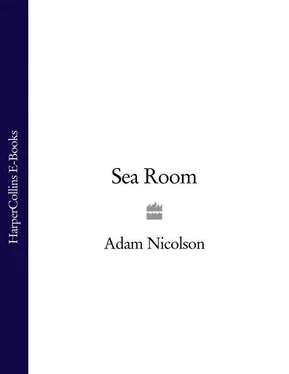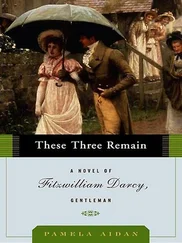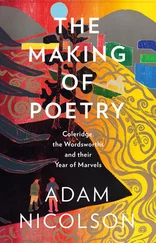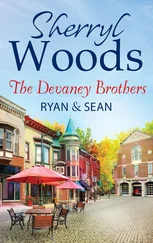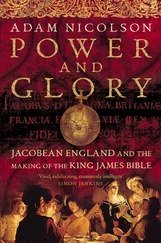More recently, the sheer instability of Shiant rocks killed a boy. On 28 June 1986, a party of teenagers and their teachers from Cranbrook School in Kent had just arrived for a summer expedition to the islands. It was a beautiful evening, and as they were putting up their tents, one of the boys, Simon Woollard, an experienced alpinist and gifted climber, decided to climb the small cliff just behind the house. It is no more than twenty feet high and I have often climbed it myself, pushing up past the bunches of wild thyme, the purple knapweed and the hart’s tongue ferns, without ropes, for fun. We had given names to some of the routes – ‘Grassy Chimney’, ‘The Squeeze’, ‘Crab Lunch’ – ‘a naughty little climb with pretentious reaches’, as I wrote in the visitors’ book when I was seventeen.
That evening in 1986, Simon Woollard did it by the book. He was belayed from below, wearing a harness and a helmet. His friends were watching him from among their tents on the grassy level behind the house. The Shiants on a summer evening like this, as the sun begins to drop towards the hills of Harris, and the two Galtas stand out as a pair of black moles against the colours of the evening, and as the birds come in from their fishing for the evening wheel between the islands, is the happiest and calmest of places. It could not hurt you. It was then, at about twenty to nine in the evening, that, towards the top of the cliff, a block of dolerite over which Simon was pulling himself came away in his hands. It was about the size of an armchair. He fell with it for a moment but was then held by the rope and the rock sliced through his helmet and into his head. He died there, at the foot of the cliff where he had fallen, and later that night, after many hours’ delay and unspeakable distress for those who were there, a helicopter from RAF Lossiemouth came to take his body and some of his friends back to Stornoway. The others left thirty-six hours later, when Donald MacSween collected them from Scalpay. There is a small plaque at the place where Simon died and none of us has ever climbed there again.
That is not quite true. I came to the islands a couple of weeks after Simon Woollard had died. The evidence was still there: shards of broken rock on the turf at the cliff foot, still sharp, a huge and horrifying stain on the boulders which the rain had not yet washed away. On the evening of the accident, Adam Tozer, the master in charge, had written in the visitors’ book that there had been a fatality. With big, slashing, diagonal lines he had crossed out the pages in which we had described the various routes. ‘DO NOT CLIMB’, he had written across the sketch of the rocks on which the boy had died.
For the first day or two I did what he asked and kept away, but reluctantly. Not to climb what we had always climbed would mean the cliff would be haunted by a kind of denial. These islands were a place in which, if you took care, nothing had ever been denied. You could risk a storm if you knew what you were about, you could happily expose yourself to weather which at home you might have hidden from. I decided to climb the cliff again. I went up to the foot of a familiar route, the Grassy Chimney, an adder’s tongue fern in the cleft above me, a cushion of thyme on either side. I reached up for the first hold, pulled my body up six inches, perhaps a foot, and as I did so, as I applied my weight, I felt the block, a cubic yard of dolerite, ease out a little from its bed. I let go of it as if it were a burning coal and dropped those few inches back to the turf. Never again.
I HAVE SAT FOR HOURS on the bench in front of the house – it’s a plank of driftwood on a pair of stones – watching Donald MacSween trawling for scallops (or clams as they are called in the Hebrides) in the waters a mile or two away just south of the Galtas. He has a new boat now, the Jura , but in the 1980s, it was the Favour , a steel thing, not, it has to be said, the greatest beauty that Scalpay has ever known, painted red and white, with its name in huge letters on the wheelhouse.
Sometimes, he and Kenny Cunningham, his crewman also from Scalpay, went on deep into the night and on a quiet evening all you could hear for hour after hour was the groaning monotone of the diesel, a slow surging in its note, as the Favour
Конец ознакомительного фрагмента.
Текст предоставлен ООО «ЛитРес».
Прочитайте эту книгу целиком, купив полную легальную версию на ЛитРес.
Безопасно оплатить книгу можно банковской картой Visa, MasterCard, Maestro, со счета мобильного телефона, с платежного терминала, в салоне МТС или Связной, через PayPal, WebMoney, Яндекс.Деньги, QIWI Кошелек, бонусными картами или другим удобным Вам способом.
